« Previous Plant | Next Plant »
Solidago nemoralis
Grayleaf Goldenrod
Solidago nemoralis, also known as Gray goldenrod, is a common field goldenrod that grows best in open fields and meadow habitats, in areas which it can spread freely. 2-4' tall, this is a bushy goldenrod with thin, green leaves. Solidago nemoralis is a slower rhizomatous species that can for small colonies in dry to medium, well-drained soils. It can tolerate light shade but prefers full sun. In mid fall, Solidago nemoralis will bloom with a numerous display of bright, yellow flowers. Solidago is a keystone species, supporting over 100 different kinds of butterflies, moths, and native bee species.
- » Meadow goldenrod
- » Rhizomatous
- » Keystone species
- » Fall bloom
Plant Characteristics
Additional Information
| Height | 2-3 Feet |
| Hardiness Zone | 3-9 |
| Color |
Yellow |
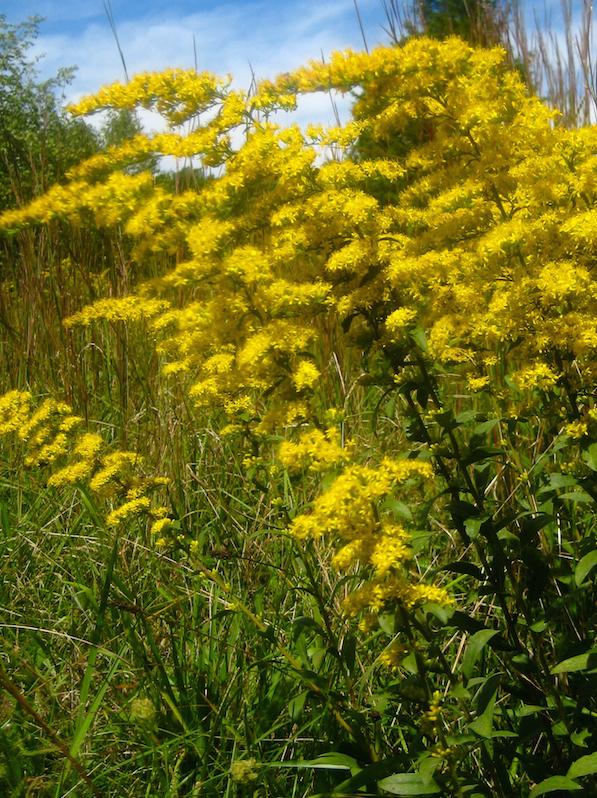
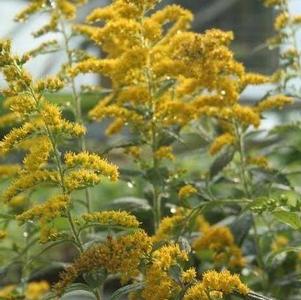
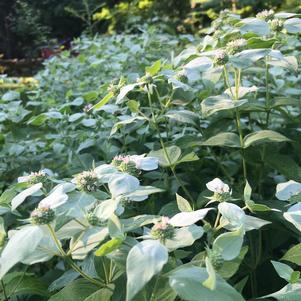
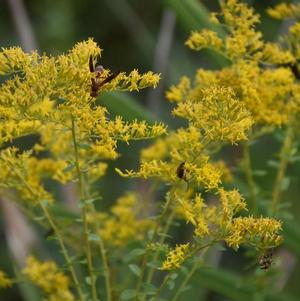
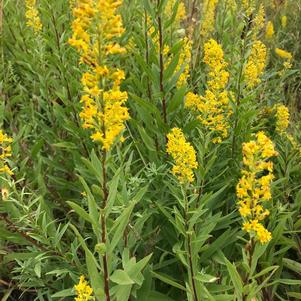
A member of the goldenrod family, Solidago nemoralis, and other Solidagos have long been subject to scrutiny for causing fall allergies, since proven otherwise. Solidago nemoralis is often seen in naturalized sunny meadows, and is one of the many goldenrod species that are crucial for the winter survival of some native bees and helps many bird species during the winter months with their abundant seed. Solidago nemoralis considerably smaller as a field goldenrod, usually growing 1 - 2 ft tall, please describe flower and habit here. Solidago is renowned for its keystone status, supporting up to 42 different specialist bees and a host plant for up to 104 different moth and butterfly species. During their months in bloom, Solidago attracts beneficial insects, like moths, butterflies, beetles, wasps, leafhoppers, and fly species. These insects pollinate, and in turn, provide for bird species, like chickadees, sparrows, warblers, and more with amble insects and larvae to hunt for. Then, come winter, there is an ample number of viable seed to go around for our feathery friends!